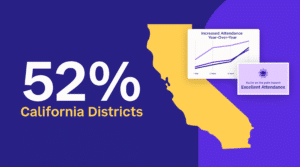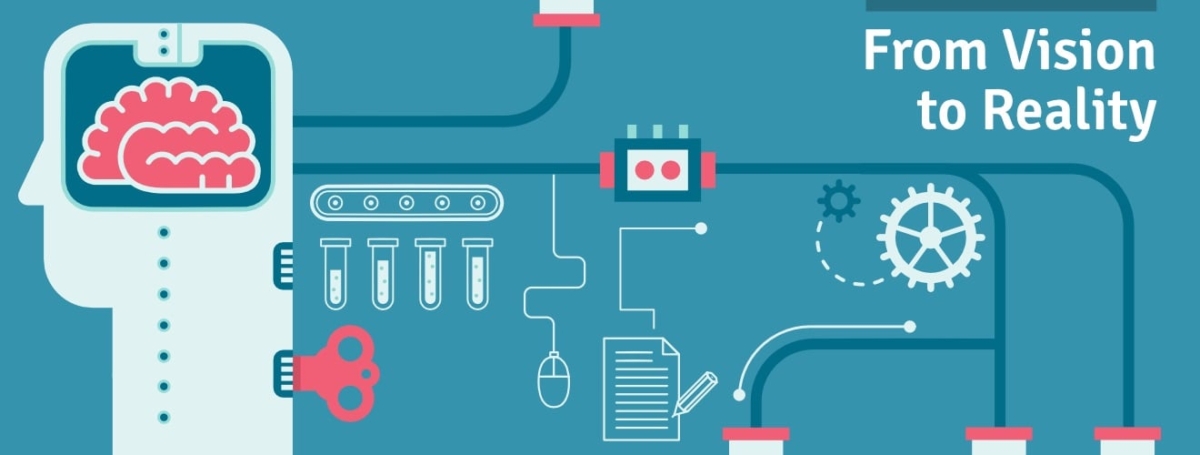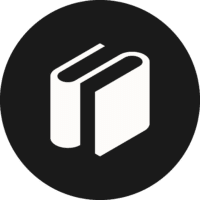
Featured Resource
Why Over Half of California School Districts Trust SchoolStatus
Read More >Join Mission: Attendance to reduce chronic absenteeism in 2025-26! >> Learn How <<






This post is part of a new series called “From Vision to Reality: Pulling the Right Levers for Transformational Instructional Leadership.”
Check out all our posts in the series, then subscribe to our blog to have future posts delivered to your inbox.
{{cta(‘417de94b-2f71-4123-a807-1f4438f581c5′,’justifycenter’)}}
In recent years school systems, educational authorities, and academics have placed greater emphasis on improving teacher effectiveness at scale. This is due in large part to well-documented research identifying teacher quality as single most important factor affecting student success.
But the question still remains: What critical actions can schools and districts take every day, on the ground, to attract, develop, and retain those outstanding educators who will move the needle on student achievement?
Since 2012, TeachBoost has worked with thousands of phenomenal educators to help answer that question, and the theme those educators return to time and again—the biggest lever they’ve identified—is transformational instructional leadership.
To help answer that question, we turned to educators and experts at all levels and asked them to share their knowledge, experience, research, and advice.
The result, “From Vision to Reality,” is offered as a guide to those who are seeking a playbook for implementing instructional leadership best practices sustainably and at scale.
We hope this series helps you take your vision for transformational instructional leadership and turn it into a reality.
We often ask school and district leaders about their early experiences as classroom teachers, particularly as it refers to being observed and evaluated. Among the educators we work with, statements like these are the common refrain.
“When I was a teacher, I was almost rarely visited, and I never received feedback.”
“I remember my principal coming into my classroom twice in all of my seven years teaching. There was no norming, and no trust in the rating.”
“I received very basic info in my evaluations: I was either satisfactory or unsatisfactory.”
“I didn’t get a ton of support—I was observed maybe once or twice a year.”
Luckily, over the last few years, there’s been a much greater push for more frequent, meaningful, non-punitive feedback. There are a variety of purported reasons for this sea change:
But based on our own conversations with leaders, we’ve identified another critical factor at play: the past experiences of today’s school and district administrators.
“When I was a teacher, evaluations were done to me, not with me or for me,” says one principal and school founder in New York City. “I learned to make it so that the teacher is at the center of the activity, and that’s what we do in my school.”
Vanessa Garza, former director of teacher development at Partnership for LA Schools, shares that “in my first year of teaching I received guidance from my literacy coach, who offered me a lot of classroom management guidance, because that’s what I needed most. My coach was my saving grace.”
“Based on my experience,” says Garza, “when I moved my first leadership role I was really purposeful about always driving evaluations from context of teacher growth and development.”
Now at the helm of their own schools and districts, these leaders use the wisdom they gleaned from their years in the classroom to redefine teacher evaluations, observations, and coaching. They break from the status quo, setting out to alter the tenor of the discussion around evaluations, to remove the stigma around classroom observations and feedback. To put teachers at the core of the work.
The result of their efforts is much more than a subtle improvement over their own experiences in the classroom. This work is truly transformational.
 SchoolStatusSchoolStatus gives educators the clarity and tools they need to get students to class and keep them moving ahead. Through our integrated suite of data-driven products, we help districts spot attendance patterns early, reach families in ways that work for them, and support teacher growth with meaningful feedback. Our solutions include automated attendance interventions, multi-channel family communications in 130+ languages, educator development and coaching, streamlined digital workflows, and engaging school websites. Serving over 22 million students across thousands of districts in all 50 states, SchoolStatus helps teachers and staff see what matters, act with speed, and stay focused on students.
SchoolStatusSchoolStatus gives educators the clarity and tools they need to get students to class and keep them moving ahead. Through our integrated suite of data-driven products, we help districts spot attendance patterns early, reach families in ways that work for them, and support teacher growth with meaningful feedback. Our solutions include automated attendance interventions, multi-channel family communications in 130+ languages, educator development and coaching, streamlined digital workflows, and engaging school websites. Serving over 22 million students across thousands of districts in all 50 states, SchoolStatus helps teachers and staff see what matters, act with speed, and stay focused on students.
News, articles, and tips for meeting your district’s goals—delivered to your inbox.






